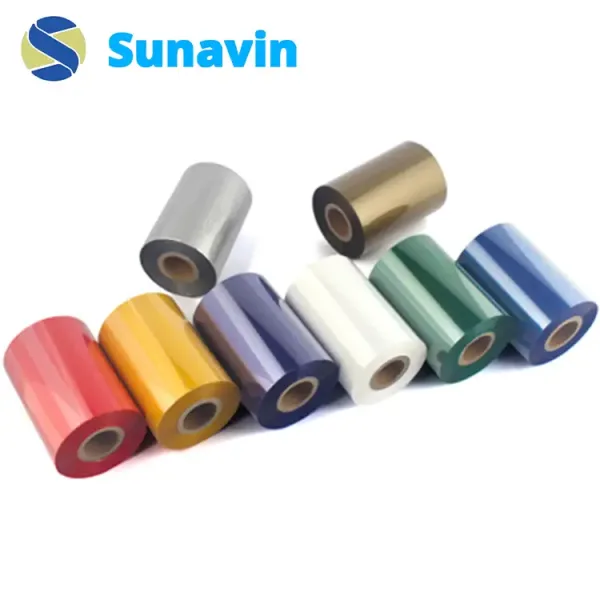Thermal transfer ribbons are essential components in many printing applications, offering high-quality and durable prints. However, like any technology, they can present certain challenges. This guide addresses some of the most common issues associated with thermal transfer ribbons and provides solutions to ensure smooth and efficient printing.
1. Ribbon Wrinkling
Problem: Wrinkling occurs when the ribbon is incorrectly aligned, leading to uneven prints and wasted materials.
Solution: Ensure that the ribbon is properly aligned with the printhead and the media. Adjust the tension and check that the ribbon path is clear of obstructions. Regularly clean the printhead and platen roller to prevent buildup that can cause misalignment.
2. Inconsistent Print Quality
Problem: Inconsistent print quality can manifest as faded text, incomplete graphics, or smudging.
Solution: Verify that the ribbon and media are compatible. Check the printhead temperature settings; if they are too low, the print may be faint, and if too high, it may cause smudging. Regular maintenance, such as cleaning the printhead, can also improve print quality.
3. Ribbon Breakage
Problem: Ribbon breakage can disrupt printing operations and lead to downtime.
Solution: Ensure the ribbon is of good quality and compatible with the printer. Check the printhead pressure and adjust if necessary. Excessive pressure can cause the ribbon to break. Also, inspect the printer’s mechanical parts for wear and tear that could contribute to ribbon breakage.
4. Ribbon Smudging or Smearing
Problem: Smudging or smearing of the ribbon can result in unreadable prints and wasted materials.
Solution: Confirm that the correct ribbon type is being used for the specific media. Adjust the print speed and temperature settings. Cleaning the printhead and ensuring it is free from contaminants can also reduce smudging.
5. Static Electricity
Problem: Static electricity can cause dust and debris to cling to the ribbon, leading to print defects and potential damage to the printhead.
Solution: Use anti-static wipes or sprays designed for thermal transfer printers. Ensure the printing environment is not too dry, which can exacerbate static buildup. Grounding the printer can also help reduce static electricity.
6. Ribbon Rewind Issues
Problem: Problems with ribbon rewind can lead to slack, causing misfeeds and print errors.
Solution: Check the ribbon rewind mechanism for proper operation. Ensure the ribbon is properly tensioned and aligned. Regularly inspect and clean the rewind spindles to prevent buildup from interfering with smooth operation.
7. Incompatible Ribbon and Media
Problem: Using incompatible ribbon and media can lead to poor print quality and increased wear on the printhead.
Solution: Always use ribbons and media that are recommended by the printer manufacturer. Conduct tests to ensure compatibility before large print runs. Consult the printer’s user manual for specific recommendations and settings.
Conclusion
Addressing these common issues with thermal transfer ribbons can significantly enhance the efficiency and quality of your printing operations. Regular maintenance, proper alignment, and using compatible materials are key to preventing problems. Following these guidelines ensures that your thermal transfer printing process runs smoothly and produces high-quality results.
For further assistance or specific inquiries about thermal transfer ribbons, feel free to contact our technical support team at www.sunavin.com. We are here to help you achieve optimal printing performance.







